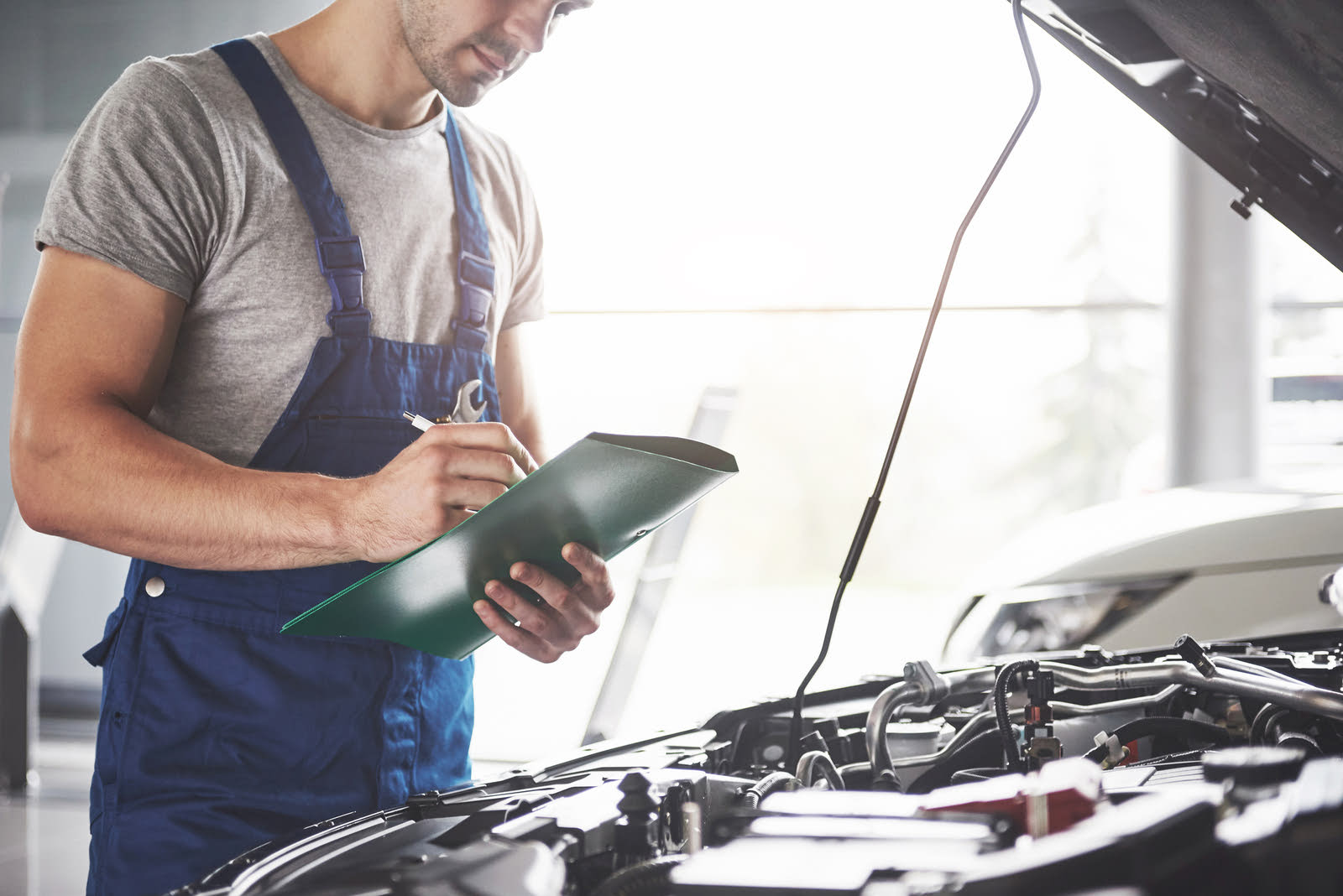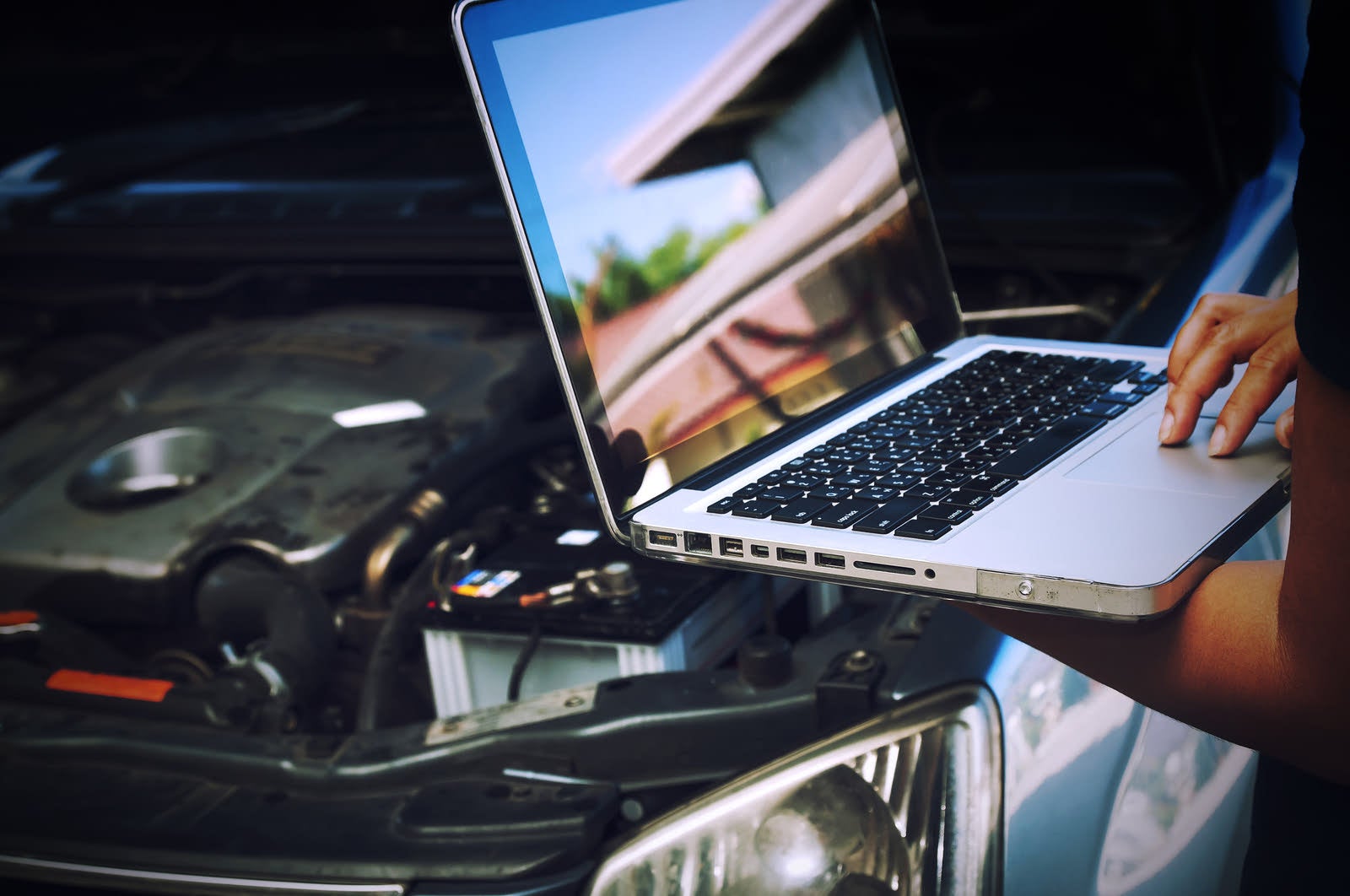Twenty years ago, buying a car with 100,000 miles would have been considered foolish. Reliability was more questionable then, and many vehicle odometers didn't even reach six figures, never mind driving beyond that milestone. Today, however, most cars are engineered to drive well past 100,000 miles, which means buying a high-mileage car can lead to a great deal.
What to Expect When Buying a High-Mileage Car
Benefits of Buying a High-Mileage Car
Factors to Consider When Buying a High-Mileage Car
How to Inspect a High-Mileage Car Before Buying
Common Issues to Watch Out For in High-Mileage Cars
Maintenance and Care for a High-Mileage car
Benefits of Buying a High-Mileage Car
A high-mileage car may seem like a bigger risk than a low-mileage car of equal age, as added mileage means more wear and tear. But there are some potential benefits.
First, a high-mileage car could be a bargain. Mileage is one of the main factors in calculating a car’s resale value. The higher the odometer reading, the greater the depreciation. A car with more miles will generally sell for less than a lower-mileage example in similar condition.
Cars are also meant to be driven, so high mileage can be a good thing, in a way. Proper car care includes appropriate use. Driving heats up a car's engine, which helps burn off carbon buildup. It also lubricates the engine as oil flows through it. Keeping oil and coolant flowing also helps ensure rubber gaskets and seals don’t dry out.
So while a car with fewer miles may look immaculate, if it hasn’t been driven regularly, it could still have hidden issues. Again, modern cars are designed for higher average mileage, so leaving them parked isn’t necessarily advantageous. A well-used car can still have issues of its own, however.
Factors to Consider When Buying a High-Mileage Car
Not all miles are created equal. Highway driving is much gentler on your vehicle than short, stop-and-start trips around town. Because of this, a recent model year car with high mileage may be in better shape and last longer than an older car with very low mileage. Low mileage on an old car means less consistent lubrication and fewer opportunities for burning off carbon build-up, and some car parts (especially those made of rubber) deteriorate with time, regardless of miles.
Unfortunately, you might not know how a car you're interested in buying was driven, or if it's seen regular maintenance. If previous owners floored the gas, slammed on the brakes, and screeched through corners for 100,000 miles, or neglected timely oil changes, chances are the vehicle has a lot less life left in it than one that was driven cautiously at the speed limit for the same 100,000 miles.
While high-mileage engines get nicely lubricated and may be in better condition than lower-mileage older engines, there are other parts of the car that break down due to age, not mileage. Wear and tear on things like suspensions, brakes, belts, hoses, and electrical systems will be worse on higher-mileage cars, and can lead to necessary repairs.
Conveniently, some major repairs can be predicted. For example, an automaker may make a car with a gearbox that typically needs to be replaced at the 120,000 mile mark. If you're considering a high-mileage vehicle and want to know if you should expect any significant repairs in the near future, you can ask your questions in the CarGurus Questions forum.
How to Inspect a High-Mileage Car Before Buying
It's always a good idea to have a professional mechanic inspect a used vehicle before you buy it, but there are some things you can check out before taking it to a shop. Check the undercarriage for rust. Check the tires for signs of uneven wear, which could indicate problems with the suspension or chassis. Make sure the doors, trunk, and hood align properly when closed. Check under the hood to make sure the engine compartment is clean, free from rust, and full of clean fluids. Use a refrigerator magnet to make sure all of the body panels are actually metal and haven't been re-built entirely of a fiberglass filler substance, like Bondo. These are all good ways to help weed out any cars that are clearly not in good condition.
If you don't spot any red flags while giving the car the once-over, it’s time for a test drive. Losing focus during that drive can be easy—you're getting used to how the new car feels, you might be on unfamiliar roads, or you could be distracted by a car salesperson riding shotgun—but you should still be looking for possible issues while driving. Listen for any concerning rattles, squeals, or squeaks, and be sure to ask your mechanic to investigate them when you get your pre-purchase inspection.
Common Issues to Watch Out For in High-Mileage Cars
Identifying every potential pitfall when it comes to buying a used car is difficult because there are so many unknowns, but you can avoid some risks if you look for clues while you shop. The first research step should be to invest in a vehicle history report. This will provide you with the vehicle's detailed history, including a list of previously reported accidents.
If the vehicle has been in a moderate-to-serious accident or has a salvage title, you should probably keep looking for one that doesn't have these red flags—though it's possible the drivetrain was unscathed, cars with this kind of damage in their history are almost always more trouble than they're worth. The vehicle history report will also tell you where the car has lived. If it's from New England, Chicago, Minneapolis, or anywhere else with harsh winter conditions, those snowy, salty roads likely took an extra toll in corrosion and rust; you should probably cross that car off your list.
Don't limit your research to the vehicle—do some homework on the seller, as well. If you're buying from a used-car dealership, check online to see if it has received any bad reviews, especially when it comes to selling high-mileage cars.
Maintenance and Care for a High-Mileage Car
Most manufacturers use a 30-60-90,000-mile schedule when it comes to major maintenance services, so a high-mileage vehicle may be due for one. The 90,000-mile services tend to be the most expensive, but they are also highly recommended if you want to keep the vehicle driving well beyond 100,000 miles. One Honda Accord famously racked up one million miles on the original engine thanks to the owner's strict adherence to the service intervals, and Subaru and Toyota are known for making long-lasting cars as well. So, before you buy, check the vehicle's maintenance record. If it's due for a major service, get a quote for the work from your mechanic, and factor that into the vehicle's cost.
Factoring all potential services and repairs into the true cost of ownership makes sense with a high-mileage vehicle. The manufacturer's warranty will likely have expired, so you'll have to pay for everything out of pocket, unless you buy an extended warranty or get a certified pre-owned (CPO) car with its own warranty.
The Bottom Line
Don't let a six-figure mileage reading scare you—the odometer reading is not necessarily a strong indication of remaining lifespan. In some cases, the highest-mileage option may also be the best. If it's been driven the right way, regularly maintained, and kept out of harsh weather and accidents, a car with 100,000 miles could give you another 100,000 miles at a bargain price.
Related Topics
How To Buy a Car with Bad Credit
How To Get the Most Money for Your Trade-In
Everything You Need to Know About Certified Pre-Owned Cars





